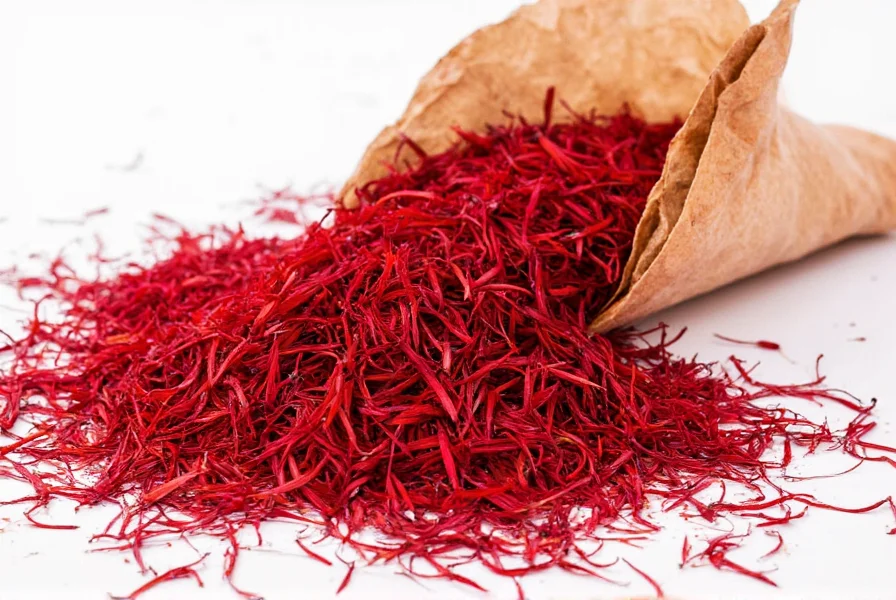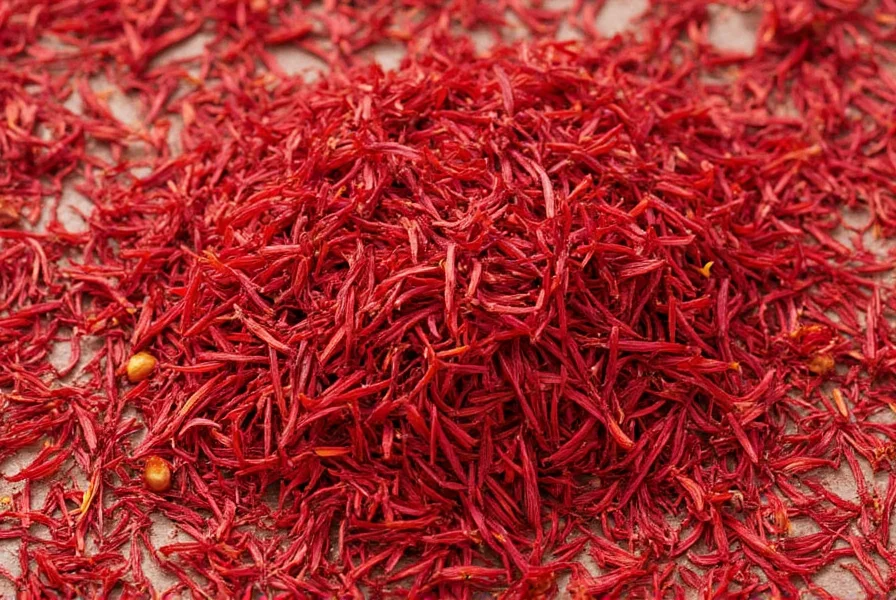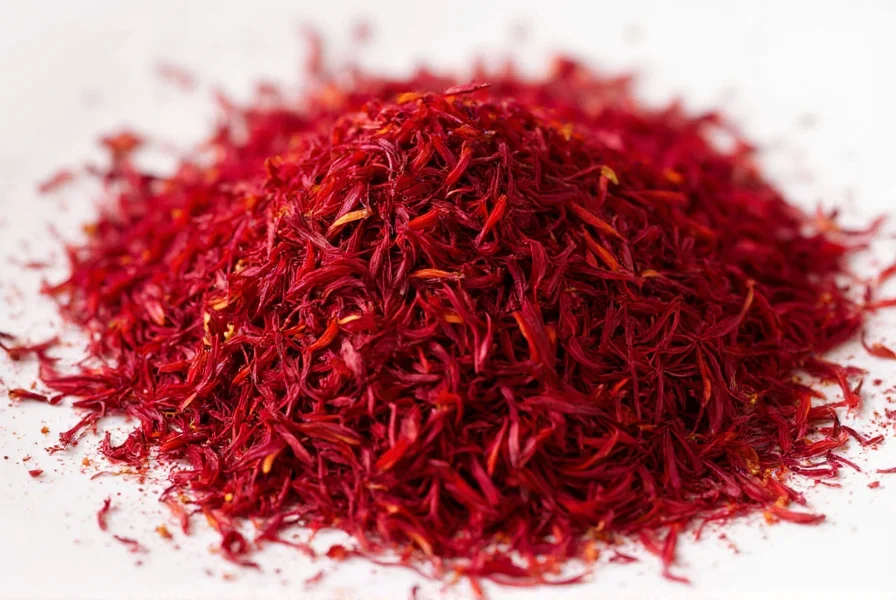Saffron, derived from the delicate stigmas of Crocus sativus flowers, represents one of the world's most valuable spices by weight. This precious spice delivers a distinctive golden hue, unique floral aroma, and subtle earthy flavor that transforms ordinary dishes into extraordinary culinary experiences. Understanding saffron's versatile applications helps home cooks and professional chefs alike harness its full potential while appreciating its cultural significance across civilizations.
Culinary Applications of Saffron
Chefs and home cooks prize saffron for its ability to elevate both flavor and presentation. Unlike many spices, saffron works primarily through infusion rather than direct addition. The most effective technique involves steeping a few threads in warm liquid (water, broth, or milk) for 15-20 minutes before incorporating into dishes. This process releases crocin (responsible for color), picrocrocin (providing flavor), and safranal (creating aroma).
| Cuisine Tradition | Signature Dishes | Typical Saffron Quantity |
|---|---|---|
| Spanish | Paella, Zarzuela | 0.1-0.2g per 4 servings |
| Italian | Risotto alla Milanese | 0.05-0.1g per 4 servings |
| Indian | Biryani, Kehwa tea | 0.1-0.3g per recipe |
| Persian | Tahdig, Sholeh Zard | 0.2-0.5g per recipe |
Professional chefs recommend using saffron sparingly—typically just 10-20 threads for four servings—as excessive amounts create bitterness. The spice pairs exceptionally well with rice, seafood, poultry, and creamy sauces. Many bakers incorporate saffron into breads and pastries, particularly in Scandinavian and Italian traditions where saffron buns mark special occasions.
Traditional Medicinal Applications
Historical records show saffron's medicinal use dating back to ancient Persian and Egyptian civilizations. Traditional healers employed saffron for mood enhancement, digestive support, and as an anti-inflammatory agent. Modern research continues investigating saffron's potential health benefits, with promising preliminary studies examining its effects on mild depression and age-related macular degeneration.
It's crucial to distinguish between traditional uses and scientifically validated medical treatments. While saffron shows potential in certain areas, it should never replace prescribed medications. The FDA hasn't approved saffron as a treatment for any medical condition, and therapeutic doses used in studies often exceed culinary amounts significantly. Always consult healthcare professionals before using saffron for medicinal purposes, especially if pregnant or taking medications.

Non-Culinary Uses Throughout History
Beyond the kitchen, saffron has served multiple cultural purposes. Historically, artisans valued saffron as a natural dye for royal garments and religious textiles due to its brilliant golden color. The spice also featured prominently in ancient perfumery, with evidence of saffron-scented oils used in Egyptian and Greek rituals.
In some traditional medicine systems, saffron appeared in topical applications for skin conditions, though modern dermatologists generally recommend against direct skin application due to potential irritation. The spice's historical use as a ceremonial offering in various religious traditions underscores its cultural significance beyond mere utility.
Practical Guidance for Saffron Usage
When purchasing saffron, look for deep red threads with minimal yellow style (the white or yellow base portion has little flavor). High-quality saffron should feel slightly moist and release color immediately when placed in warm water. Avoid powdered saffron unless from a trusted source, as it's frequently adulterated with safflower or turmeric.
Proper storage maintains saffron's potency—keep threads in an airtight container away from light and moisture. Well-preserved saffron retains quality for up to two years, though flavor gradually diminishes over time. For maximum flavor extraction, always crush threads slightly before steeping, and use warm (not boiling) liquid to preserve delicate compounds.

Understanding Saffron's Value Proposition
The extraordinary cost of saffron (often called "red gold") reflects its labor-intensive harvesting process. Each crocus flower produces only three stigmas, and it takes approximately 150,000 flowers to yield one kilogram of dried saffron. This explains why genuine saffron commands such high prices compared to substitutes like turmeric or safflower, which provide color but lack saffron's complex flavor profile.
When considering saffron alternatives, recognize that no substitute fully replicates its unique combination of color, flavor, and aroma. While turmeric offers yellow coloring, it lacks saffron's floral notes and can impart bitterness. Safflower provides similar color but none of the distinctive flavor. For authentic culinary experiences, especially in traditional dishes, genuine saffron remains irreplaceable despite its cost.











 浙公网安备
33010002000092号
浙公网安备
33010002000092号 浙B2-20120091-4
浙B2-20120091-4